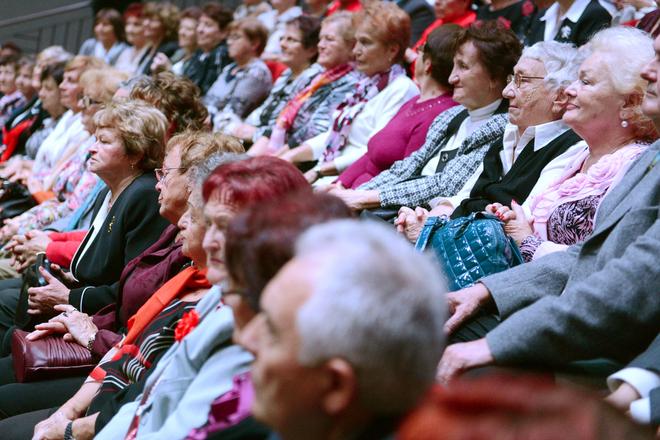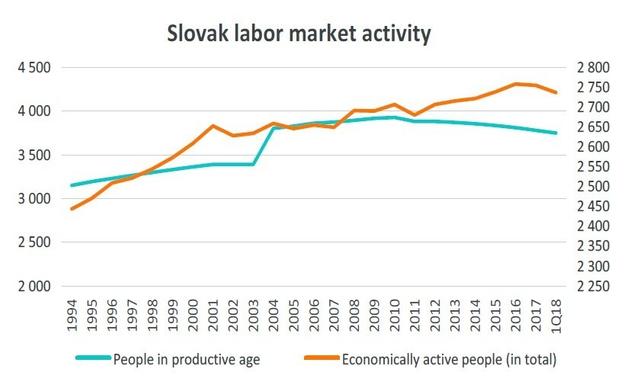The Slovak population is ageing, posing a challenge not only for the country’s pension scheme and health care but also the labour market. There will be fewer people able to work and fill state coffers. The unfavourable demographic development is a problem not only for the country and its economy, but also companies that are already complaining about the shortage of labour force.

“Slovakia is going through a demographic change that western countries passed a long time ago,” Vladimír Baláž, economist from the Institute for Forecasting of the Slovak Academy of Sciences, told The Slovak Spectator. “Moreover, Slovakia’s big disadvantage is that its local current total fertility rate is far lower [than that of those countries] and immigration is very low. Thus, we do not have such possibilities for replacement of the population as developed countries like Germany, Great Britain or the Netherlands have had.”
As a result, Slovakia is one of the most ageing countries in the European Union.
Changing age structure
During the following decades, Slovakia will undergo a significant change in the age structure of its population as well as its size.
“The ageing of the population has already started,” the Council for Budget Responsibility wrote in its latest material published on September 18. “This is caused especially by the retirement of the strong post-war population and the arrival of the smaller generation of people born during the 1990s on the labour market.”



 Slovakia is one of the most ageing countries in the European Union. It needs to adapt to the change in its population’s age structure. (source: TASR)
Slovakia is one of the most ageing countries in the European Union. It needs to adapt to the change in its population’s age structure. (source: TASR)
 (source: VÚB)
(source: VÚB)